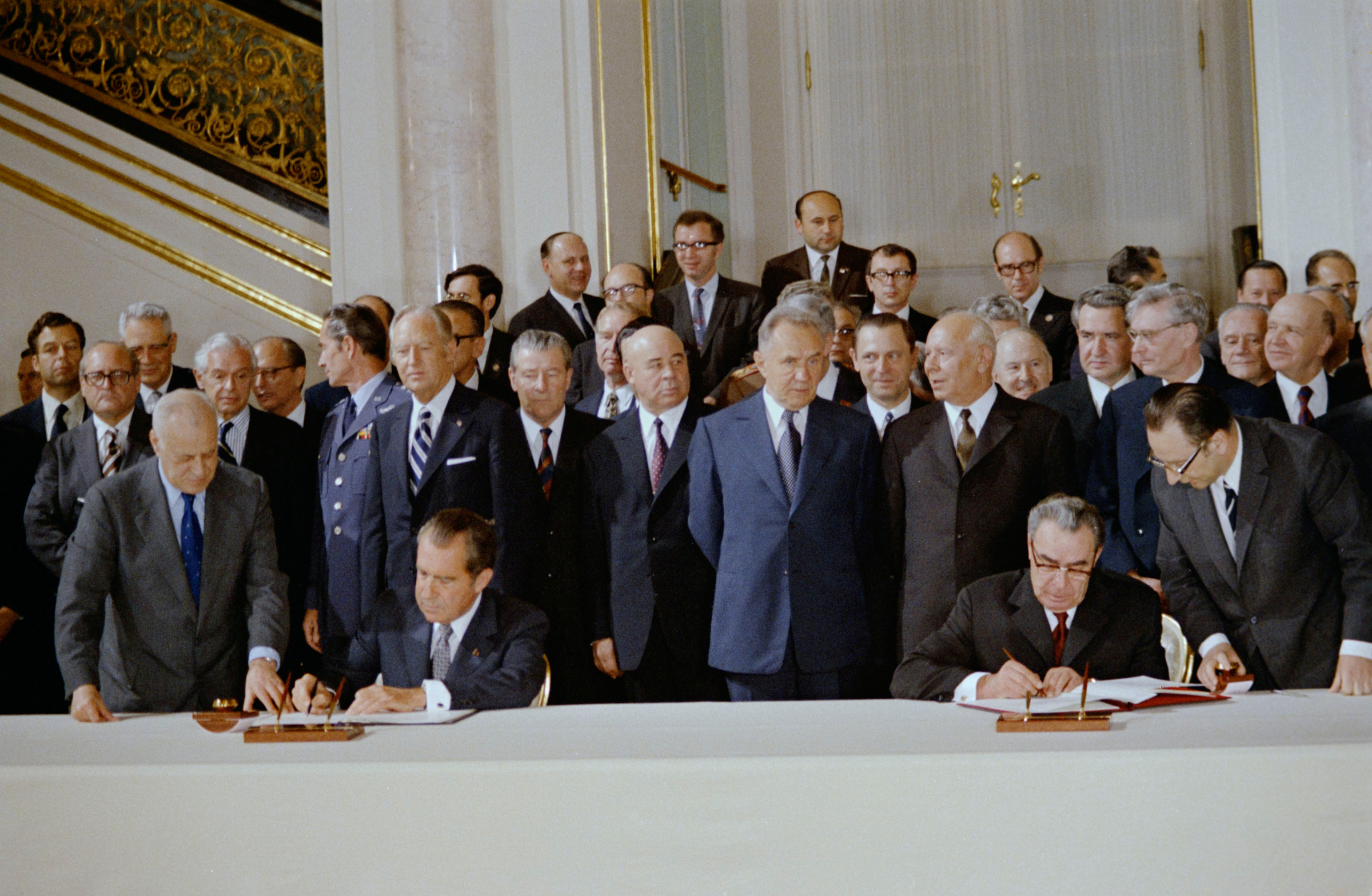The virtual seminar will be held from 12:30 to 2:00 p.m. (E.T.)
Fifty years ago, in May 1972, in one ceremony the US and USSR signed two major arms control measures, one limiting strategic forces and the other limiting defenses against them. Since early in the Cold War there have been US debates, that still continue today, on the wisdom and effectiveness of using arms control to increase US security, moderate the action-reaction cycles characteristic of arms race buildups, and reduce the risk of nuclear weapon use. This talk will look at these issues through the lens of missile defense and the 1972 Anti-Ballistic Missile (ABM) treaty, which was a central—and controversial—part of the US-Russian arms control regime. It will discuss relevant historical issues related to the development of the treaty and the consequences of the US withdrawal in 2002. It will also discuss the current situation to consider whether limitations on missile defenses today are desirable and possible, and to understand possible implications for arms control more generally.
ABOUT THE SPEAKER: David Wright is a Research Affiliate in the MIT Department of Nuclear Science and Engineering’s Laboratory for Nuclear Security and Policy. From 1992 to 2020 he was a researcher with the Global Security Program at the Union of Concerned Scientists, serving as co-director of the program from 2002 to 2020. From 1990 to 2019, he was a primary organizer of the UCS International Summer Symposiums on Science and World Affairs. In 2001, he was a co-recipient of the American Physical Society’s Joseph A. Burton Forum Award for his arms control research and his work with international scientists. He is a Fellow of the American Physical Society.
